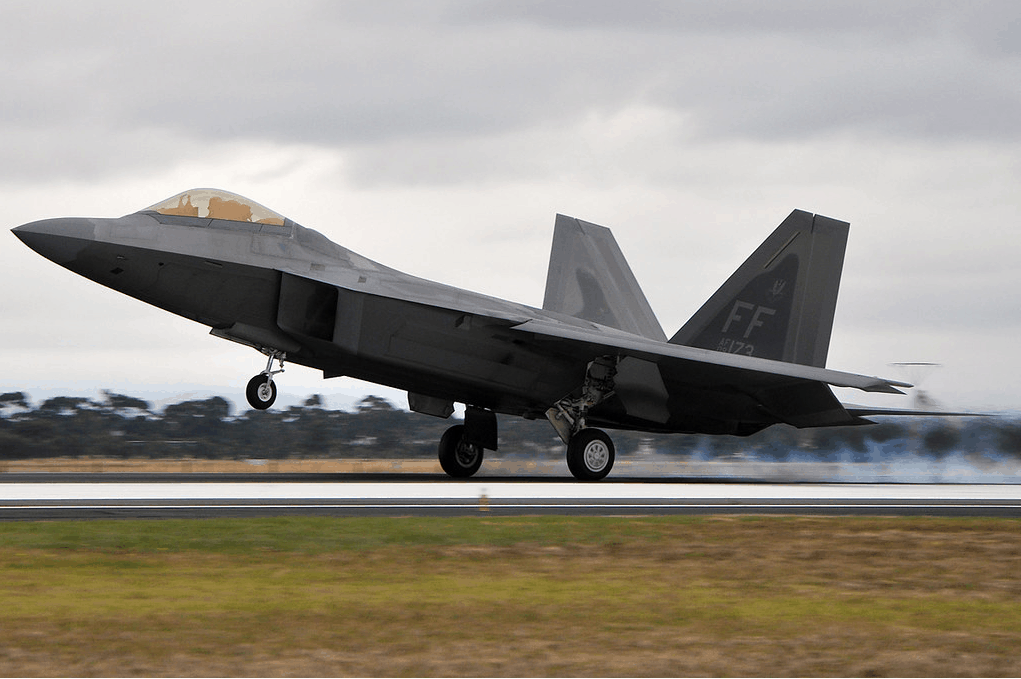
Air superiority has been the determining factor in warfare throughout history. From the propeller-driven dogfighting of World War II to the radar-evading stealth of the F-22 Raptor, command of the skies has determined the fate of battles for decades. Yet with changing technology and potential foes narrowing the capability gap, air dominance is embarking on a new era—one defined by sixth-generation fighter planes and the enormous digital ecosystems they will dominate.

The F-22 Raptor, formerly hailed as the pinnacle of air combat technology, is now headed toward retirement. Its superior stealth and maneuverability could not balance against the disadvantages of high expense, low production rates, and inability to transition to new mission requirements. Even with billions in modernization, its antiquated avionics and inability to be modularized have rendered upgrading it problematic. The more adaptable F-35 entered the limelight, with state-of-the-art sensors and multirole capabilities, but even it is increasingly threatened by competition building next-generation capabilities of its own.

So what distinguishes sixth-generation fighters from previous ones? These new planes are more than just an upgrade—they offer a total transformation in the way wars in the skies will be fought. They will be constructed with cutting-edge autonomy, capable of performing sophisticated missions with little human intervention.

Serving as flying command posts, they will control swarms of unmanned drones to execute precision attacks, electronic warfare, and reconnaissance, all in real time. The idea stems from network-centric warfare, where planes are integrated with satellites, ground systems, and cyber resources, aggregating and distributing information across all domains of the battlespace.

Artificial intelligence will drive this change. The fighter aircraft of the future will draw on AI to analyze sensor information, detect threats, and even control guns during flight, freeing the pilots’ attention for long-term strategy instead of micromanaging every fight. Next-generation munitions will be able to talk to one another, change target mid-mission, and adapt to shifts in enemy tactics in real-time. In a number of senses, the focus will shift from the art of one pilot to the proficiency of an integrated man–machine team.

At the forefront of this charge for the United States is the Air Force’s Next Generation Air Dominance (NGAD) program. At its center is a manned fighter, allegedly called the F-47, that sought to be more long-ranged, stealthy, and versatile than ever before.

But NGAD is not just one aircraft; it’s a system of systems with unmanned collaborative combat aircraft (CCAs), new communications, and new command-and-control networks. The strategy proposes 200 NGAD fighters and 1,000 CCAs in synergy to generate a crushing combination of speed, firepower, and reach.

This competition in the sixth generation of airpower is not being cornered by one country. European great powers are also pushing their sixth-generation ideas, including the Future Combat Air System (FCAS) being worked on by France, Germany, and Spain, and the Global Combat Air Programme (GCAP) shared by the UK, Japan, and Italy. Other nations have publicized their plans to deploy equivalent capabilities, although timelines extend decades into the future.

The technological jump is accompanied by enormous challenges. The cost of development is staggering—NGAD’s budget alone might exceed $20 billion, with individual planes costing several hundred million dollars. New methodologies such as digital engineering and open-architecture design are employed to accelerate development and facilitate upgrades, but bringing all these advanced systems together is still a challenge.

Training is another key consideration. Pilots of the present fifth-generation combat aircraft already operate with levels of information and autonomy unprecedented in military history. The challenges of sixth-generation warfare will necessitate yet greater flexibility, faster decision-making, and the mental toughness to function in a turbulent, ever-changing battlespace.

In the next few decades, the characteristic feature of air combat will be its connectedness. Sixth-generation aircraft will be the nerve centers of enormous, multi-domain operations, connecting the air, space, and cyber domains into a single fluid combat network. They will command drones, coordinate missile strikes, and exchange information with satellites and ground troops, creating a battlefield where speed, precision, and flexibility determine victory. As the next generation of warriors takes form, the course of air dominance—and world military power balance—will be determined not only by who can fly the fastest, but by who can think and connect the fastest.
